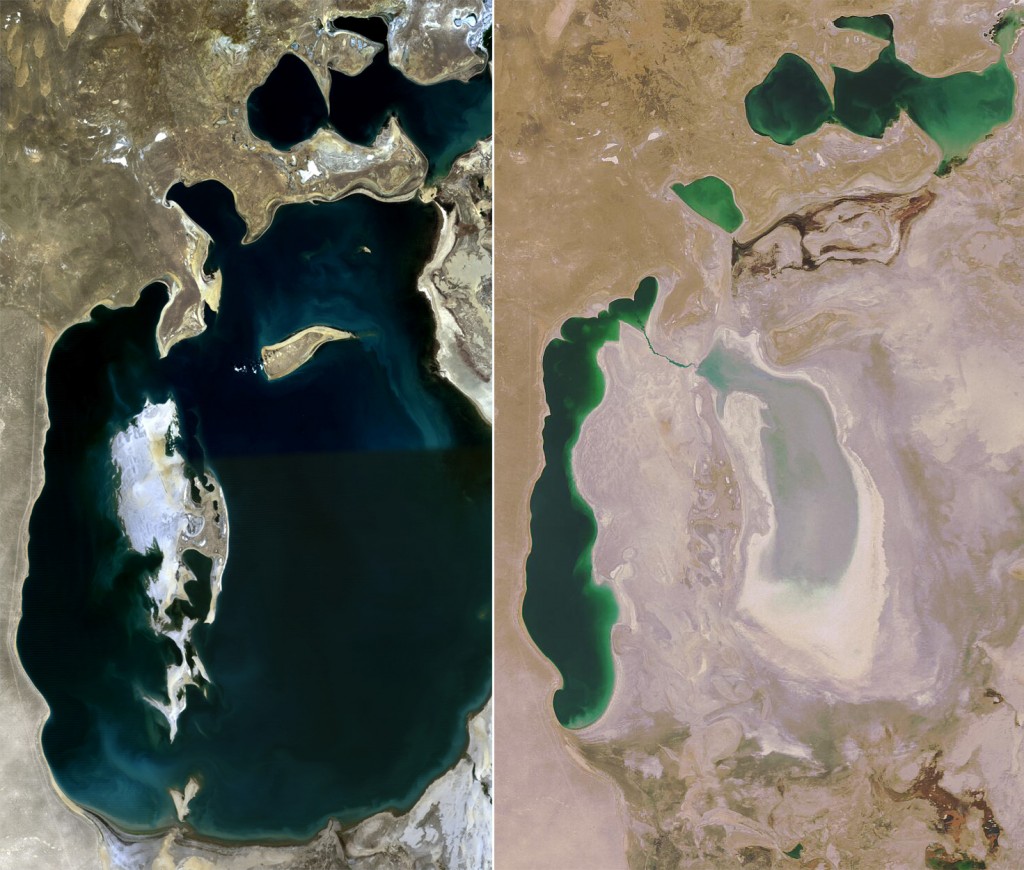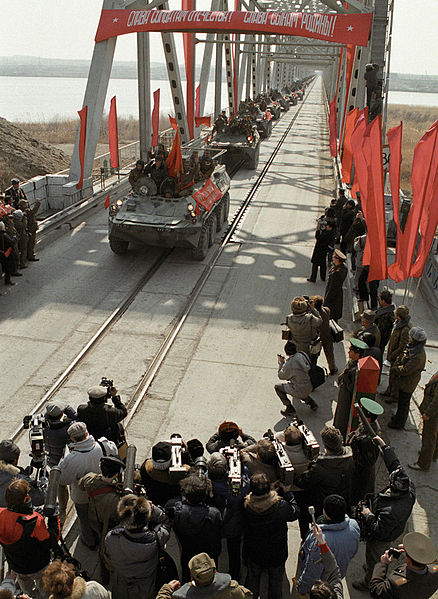October 30, 2012


Cemetery in Khojayli, near the Uzbek-Turkmen border
This morning we bid a farewell to Uzbekistan and crossed the border into Turkmenistan, where we were met by Kalashnikov toting soldiers wearing peaked caps that were about five sizes too large for their heads. The border crossing took a few hours since luggage must be x-rayed or opened on both the Uzbek and Turkmen sides and passports and visas checked and then checked again, and then checked yet again. So it goes.
Our first stop in Turkmenistan was the ancient city of Konye-Urgench, which has its origins in the 5th or 6th centuries AD. Urgench was a major trading center on the Silk Road from the 10th – 14th centuries and the second most populous and well-known city in Central Asia after Bukhara. And, like many other cities in Central Asia, it was razed to the ground by Genghis Khan in 1221. The citizens of Urgench fought valiantly against Genghis Khan, but were ultimately drowned when he ordered his army to divert the Amu-Darya River and flood Urgench. Urgench was rebuilt, only to be destroyed again by Tamerlane in the late 14th century. The destruction of the city, and the change in course of the Amu Darya River led to the city’s complete abandonment.




Mausoleum of Turabeg Khanum, the daughter of Uzbek Khan who converted the area to Islam.



The 11th-century Gutluk-Temir Minaret. At a height of 197 feet, this used to be the tallest brick minaret until the construction of the Minaret of Jam in Afghanistan.


Circling the minaret, touching the minaret, then putting their hands to their face. Not really sure why – I wish I had asked our guide!



Sultan TekeÅŸ Mausoleum




We drove another two hours to Dashoguz. A city of 210,000, Dashoguz is very Soviet in character, with the typical communist block apartments, monuments, and wide boulevards. We were here only because Dashoguz has an airport, from which we had a late evening flight to Ashgabat. We had some time to kill before our flight left, so we visited the local market.


It was in Dashoguz that we first encountered one of the many Saparmurat Niyazov aka Turkmenbashi monuments that have been erected throughout the country. Niyazov was the first president of Turkmenistan, a position he held from 1990 until his death in 2006. Statues of Niyazov replaced those of former Communist heroes of Marx and Lenin. Towns, airports, schools, and even calendar months were renamed after Turkmenbashi (“Leader of Turkmen”). His autobiography, Ruhnama, became required reading for all students, and job applicants could expect that their knowledge of the Ruhnama would be tested.



When we finally boarded our plane to Ashgabat, we were greeted by portraits of Niyazov and current president Gurbanguly Berdimuhamedow (say that three times very quickly!) hung over the entrance to the cockpit.
When we landed in Ashgabat, I could hardly believe how “Las Vegas-ish” the city looked; gleaming white marble buildings lit with multicolored flashing lights and billboards. Quite a change from Bukhara and Khiva! Someone pointed to a giant colored orb sitting atop a hill and asked our guide what its purpose was.
“That, ladies and gentlemen, is your hotel,” he replied.

Wow, seriously? Yes, seriously. This is where we stayed, the Wedding Palace “Bagt Koshgi” (Palace of Happiness).











































































































































































































































































